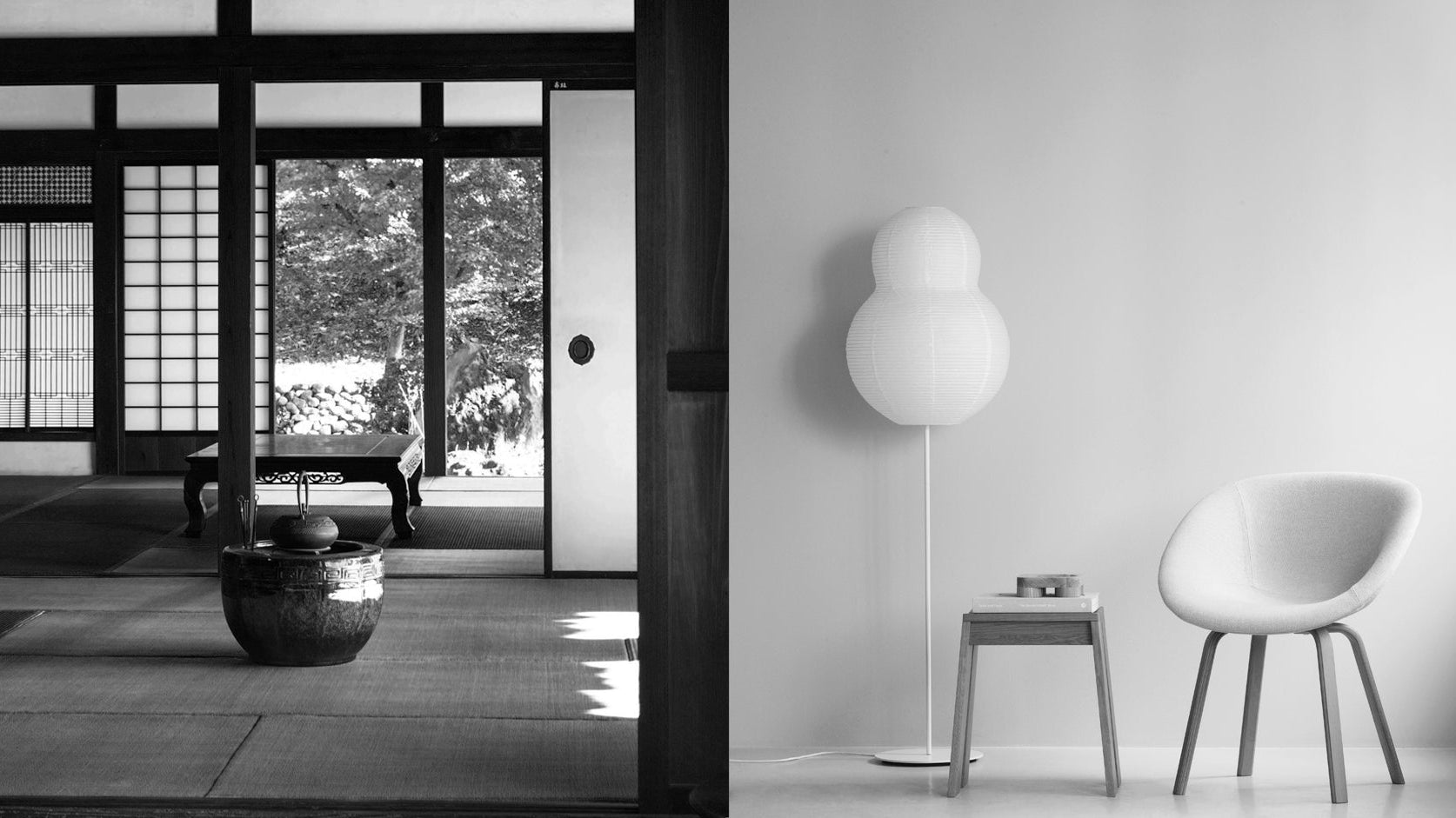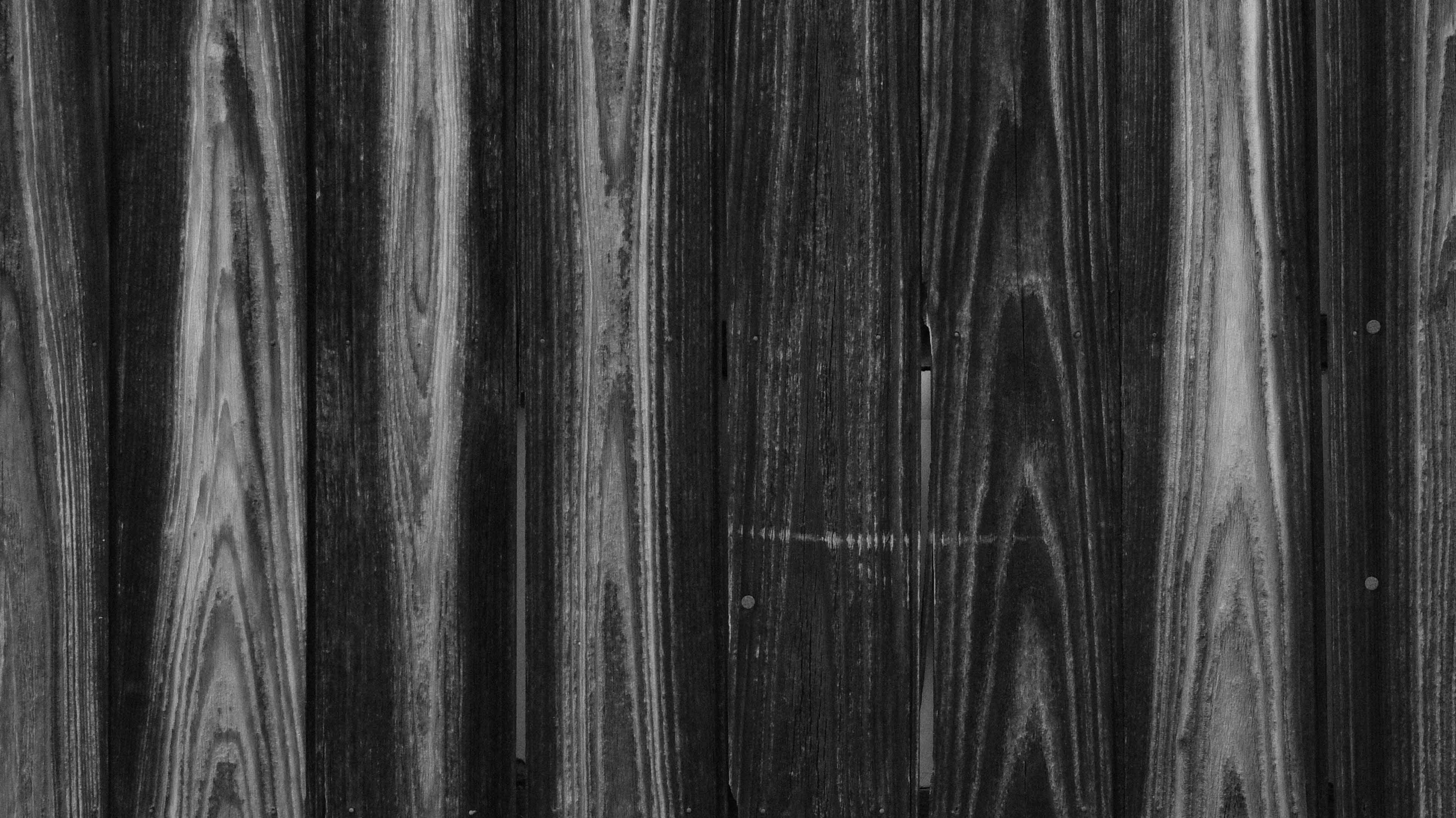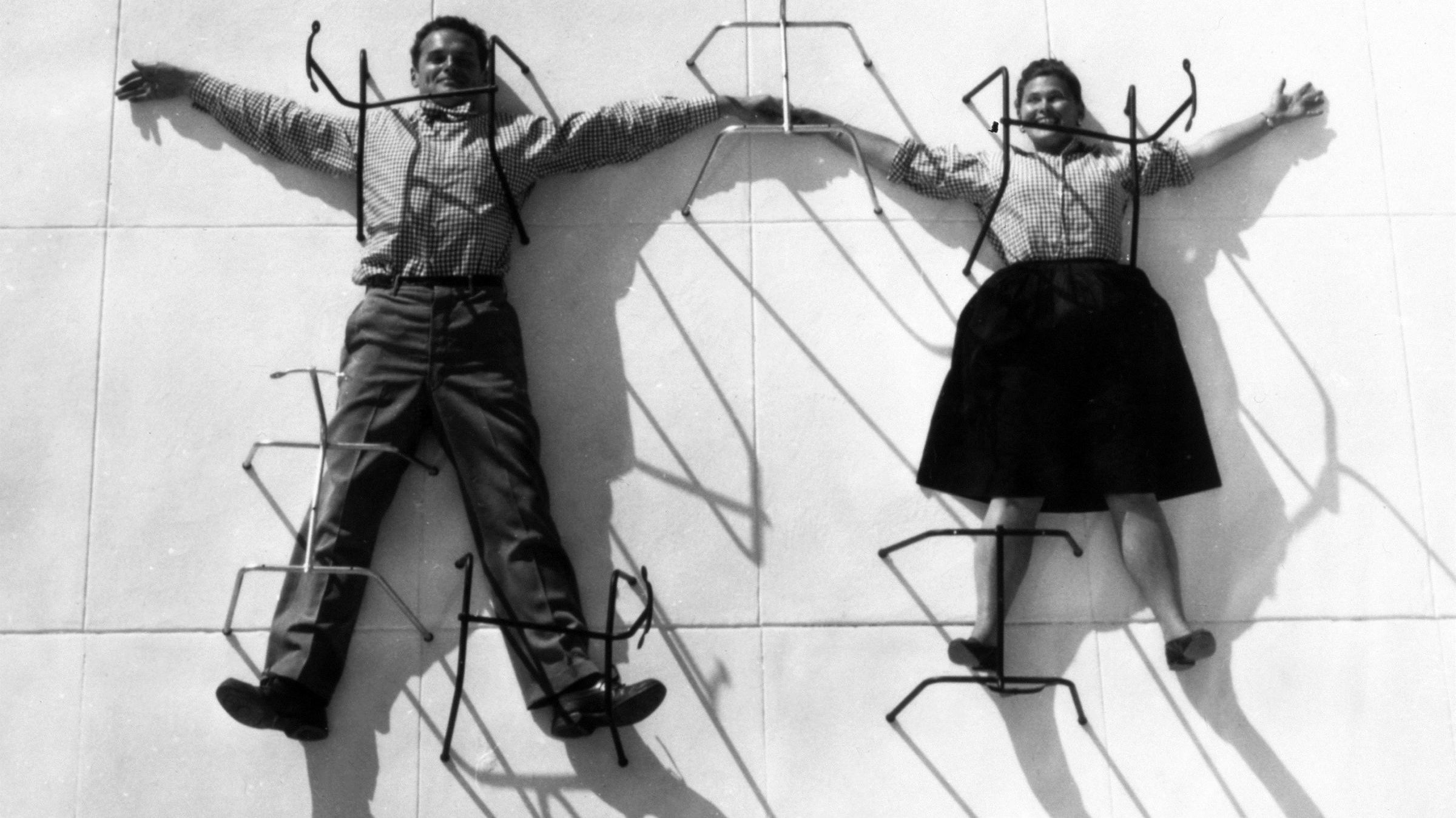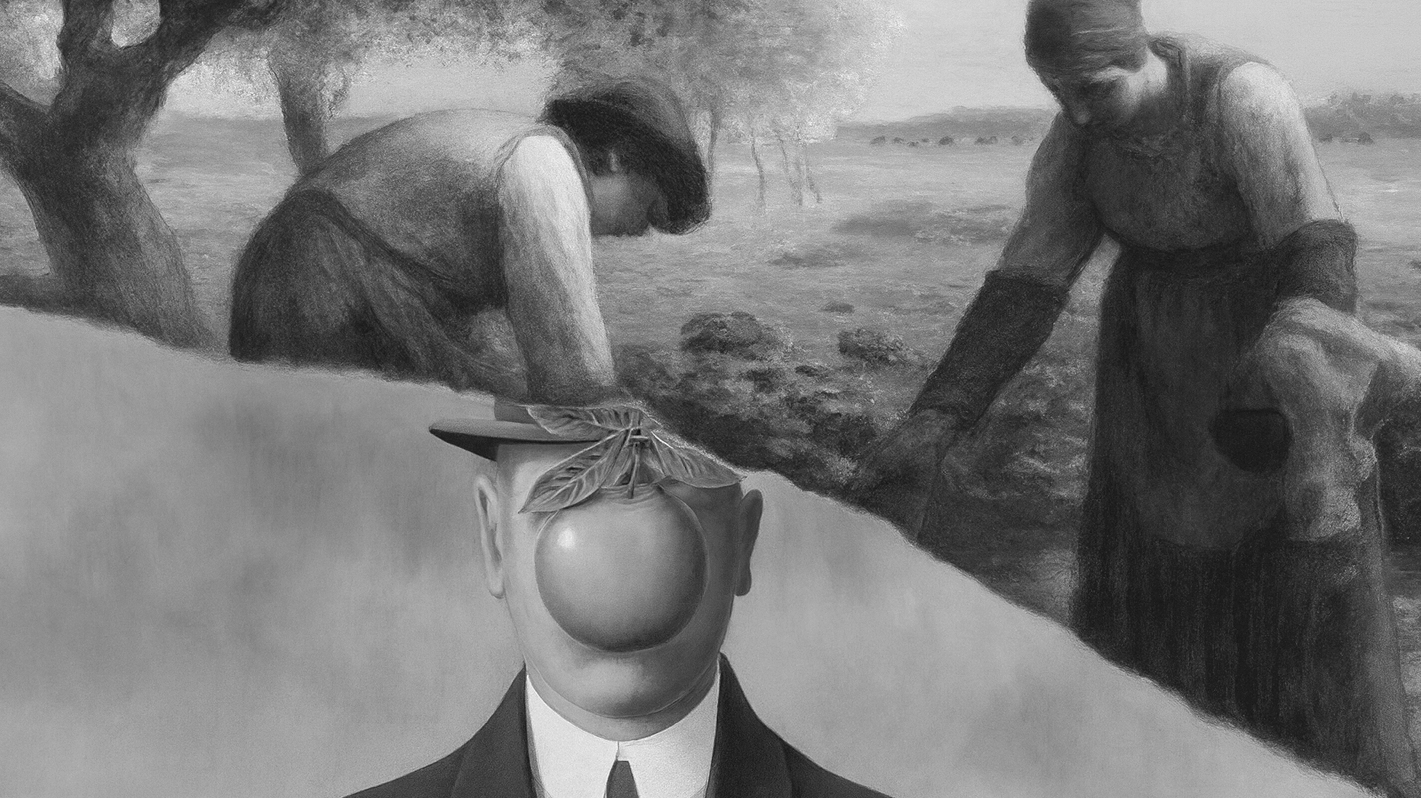After Modern Art, a new and dynamic genre emerged that continues to shape our world today. This genre isn't limited to one style or aesthetic; instead, it includes a wide range of approaches, mediums, and expressions. Contemporary Art reflects our current world, pushing boundaries and challenging conventions in ways that resonate with the complexities of our time. In today’s article, let’s explore everything you need to know about Contemporary Art.
Contemporary Art refers to artwork created from the late 20th century to today, often called "the art of the present day." Unlike traditional art, which adheres to established styles and techniques, Contemporary Art is all about diversity and experimentation. This means using digital tools, incorporating found objects, and creating immersive environments. It's a genre where artists push the boundaries and explore new ways of expression.
Many art historians pinpoint the late 1960s or early 1970s as the beginning of Contemporary Art, marking a clear transition from Modern Art. This period saw the rise of new influences from movements like Pop Art, Minimalism, and Conceptual Art, each challenging traditional aesthetics and expanding what art could be. Advances in technology, including digital media and new materials, opened up exciting possibilities for artists. At the same time, the growing global interconnectedness exposed artists to diverse cultural perspectives, creating a richer and more varied art scene.
(Contemporary Art Meaning: Why It Matters in Today's World? - dans le gris)

"My Bed" by contemporary artist Tracey Emin, exhibited at the Tate Gallery in 1999.
(Contemporary Art Meaning: Why It Matters in Today's World? - dans le gris)
So, what are the key characteristics of Contemporary Art?
First and foremost, Contemporary Art is marked by its diversity—there’s no single style or movement that defines it. Instead, it embraces a wide range of techniques, materials, and concepts. Artists have the freedom to experiment with everything from traditional painting and sculpture to digital media, installations, and performance art. This freedom allows them to push boundaries and explore new ways of expressing ideas.
This diversity fosters the coexistence of abstract, figurative, conceptual, minimalist, and maximalist expressions, among many others. The ever-changing and dynamic nature of Contemporary Art shines through in its variety, spanning different stylistic approaches, cultural influences, artistic mediums, global perspectives, and conceptual frameworks. This multifaceted diversity not only enriches the contemporary art landscape but also drives innovation and encourages meaningful dialogue within the art community and beyond.
Another key characteristic of Contemporary Art is its focus on concept and meaning. Often, the idea behind a work is prioritized over its aesthetic or technical execution. This shift means that the thought or intention behind a piece can be just as important, if not more so, than its physical appearance or craftsmanship. As a result, Contemporary Art tends to be more thought-provoking, encouraging viewers to engage with complex themes such as identity, politics, technology, and the environment.
Take Olafur Eliasson’s The Weather Project as an example. This seminal work perfectly illustrates how Contemporary Art engages with ecological issues in a meaningful way. The Weather Project creates the illusion of a giant, glowing sun in a vast hall filled with mist. The mist diffuses the light, creating a hazy, otherworldly atmosphere. The artwork challenges the viewer’s perception of reality by presenting an artificial sun that feels almost real. Eliasson isn’t just creating a visual spectacle; he’s inviting viewers to reflect on how they experience and interpret the world around them.
Finally, Contemporary Art is deeply connected to the social and political issues of our time. Unlike art from previous eras, which often focused on beauty, religion, or historical events, much of Contemporary Art engages directly with the pressing concerns of today. Many Contemporary artists use their work to comment on, critique, or challenge societal norms, highlighting issues like inequality, human rights, and climate change.
For example, Contemporary artists like Ai Weiwei use their art to critique government policies and highlight human rights abuses. His work Remembering, which commemorates the thousands of children who died in poorly constructed schools during the 2008 Sichuan earthquake, directly confronts the negligence and corruption of the authorities.
Similarly, Contemporary artists like Yayoi Kusama address themes of self-obsession, vanity, and the commercialization of art. In her work Narcissus Garden, Kusama placed 1,500 shimmering balls on the lawn. By choosing to sell these balls, she made a statement about the art market, challenging the idea of art as a commodity. The reflective nature of the balls also forces viewers to confront their own image, connecting the piece to the myth of Narcissus and the concept of self-infatuation.
(Contemporary Art Meaning: Why It Matters in Today's World? - dans le gris)

Yayoi Kusama at the 1966 Venice Biennale; photo via MoMA PS1.
(Contemporary Art Meaning: Why It Matters in Today's World? - dans le gris)
On the other hand, climate change is another critical issue many Contemporary artists address. For example, Argentinian Contemporary artist Tomás Saraceno is known for his innovative work on how we might adapt to a climate-affected world. His groundbreaking projects have earned him the reputation of being "the artist most likely to change the world."
Tomás Saraceno creates immersive, interactive experiences that propose new ways of living in our world by connecting with non-human elements like spiders, dust particles, and plants. These elements play an active role in his work, symbolizing the interconnectedness of the universe.
Through these examples and many others, Contemporary Art becomes more than just a reflection of our world—it actively questions, critiques, and can even transform it. Contemporary Artists are not just observers; they’re engaged participants in today’s cultural, social, and political conversations. Their work encourages viewers to tackle tough questions, rethink their own beliefs, and see things from new perspectives. In this way, Contemporary Art plays a crucial role in shaping public discourse and can inspire change on both personal and societal levels.
(Contemporary Art Meaning: Why It Matters in Today's World? - dans le gris)
Read More Art Articles:
• What is Modern Art? A Complete Definition and Guide
• What is Performance Art? From Concept to Action
• Minimalism in Art: Definition, Characteristics and Artists
• 3 Main Differences Between Modern Art & Contemporary Art
(Contemporary Art Meaning: Why It Matters in Today's World? - dans le gris)
About Us
Dans Le Gris is a brand that began with everyday jewelry, with each handmade piece designed and crafted in Taiwan. We deeply value every detail, dedicating ourselves to creating timeless pieces through collaboration with experienced craftsmen.
In our journal, we provide irregular updates featuring articles about art, culture, and design. Our curated content encompasses diverse aspects of life, with the aspiration to offer meaningful insights and inspiration.
Shop Now
↪ Follow us for more updates: YouTube | Instagram






